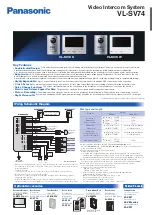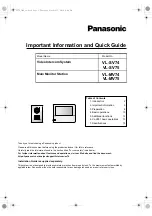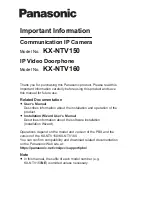
NI USB-6008/6009 User Guide and Specifications
16
ni.com
Analog Output
The NI USB-6008/6009 has two independent analog output channels that can generate outputs from 0
to 5 V. All updates of analog output channels are software-timed. GND is the ground-reference signal
for the analog output channels.
Figure 12 shows the circuitry of one analog output channel on the NI USB-6008/6009.
Figure 12.
Circuitry of One Analog Output Channel
The main block featured in the NI USB-6008/6009 analog output circuitry is the digital-to-analog
converter (DAC), which converts digital codes to analog voltages. There is one DAC for each analog
output line.
Connecting Analog Output Loads
To connect loads to the NI USB-6008/6009, connect the positive lead of the load to the AO terminal,
and connect the ground of the load to a GND terminal, as shown in Figure 13.
Figure 13.
Connecting a Load
Minimizing Glitches on the Output Signal
When you use a DAC to generate a waveform, you may observe glitches in the output signal. These
glitches are normal; when a DAC switches from one voltage to another, it produces glitches due to
released charges. The largest glitches occur when the most significant bit of the DAC code changes. You
can build a lowpass deglitching filter to remove some of these glitches, depending on the frequency and
nature of the output signal. For more information about minimizing glitches. refer to the
KnowledgeBase document,
Reducing Glitches on the Analog Output of MIO DAQ Devices
. To access
this document, go to
ni.com/info
and enter the Info Code
ex
s
zek
.
REF(+) REF(–)
12-Bit
DAC
50
Ω
AO
+5 V
GND
NI USB-6008/6009
GND
AO
Load















































